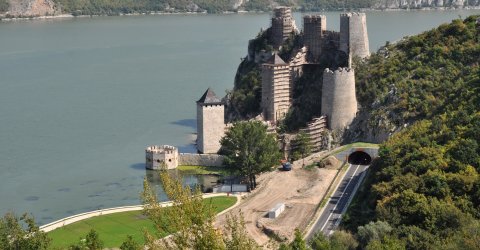
Recognizing the cultural heritage of wetlands in six countries in the Carpathian region
The recent report on Carpathian cultural heritage in wetlands, published by the Carpathian Wetland Initiative (CWI), brings to light the significant cultural values of wetlands in the Carpathians, the longest and most rugged mountain range in Europe, and adjacent areas of the Danube basin.
The study focused on wetlands of national importance, as well as wetlands of international importance, including Ramsar Sites, World Heritage Sites and Natura 2000 Sites.
Using a questionnaire elaborated on the basis of the Guidance for Rapid Cultural Inventories for Wetlands, the Carpathian Wetland Initiative collected input from a wide range of partners. Twenty six questionnaires were collected, and selected questionnaires were translated into English. Using this information, as well as data obtained from a literature review, CWI compiled baseline information on wetland cultural heritage for Slovakia and Ukraine, as well as for parts of the Czech Republic, Hungary, Romania and Serbia.
This project also sought to support the development of wetland cultural trails and sustainable tourism in the Carpathians, and to contribute to the development of the Ramsar Culture Network in the region.
Aside from the publication of Carpathian cultural heritage in wetlands, this project also led to the development of a list of wetlands with significant cultural heritage in the Carpathian region (including a detailed description of cultural heritage for each proposed wetland), and the production of a map of sites of potential interest to tourists.
Information on the cultural heritage of Carpathian wetlands is available for the first time in a compiled format. Further development of this cultural inventory, and of cultural trails and tourism initiatives in the region, has significant potential. It is hoped that the information collected will support both the conservation of the cultural heritage of Carpathian wetlands and its integration into the management of Ramsar Sites and other wetlands.
This project was made possible thanks to the generous support and participation of the MAVA Foundation and the Carpathian Wetland Initiative (CWI), in the context of the Ramsar Convention Secretariat’s project “Conservation of the natural and cultural heritage in wetlands: Global leadership for an integrated approach through the Ramsar Convention” (March 2015-March 2018), and in line with Decision SC53-15 of the Ramsar Standing Committee.